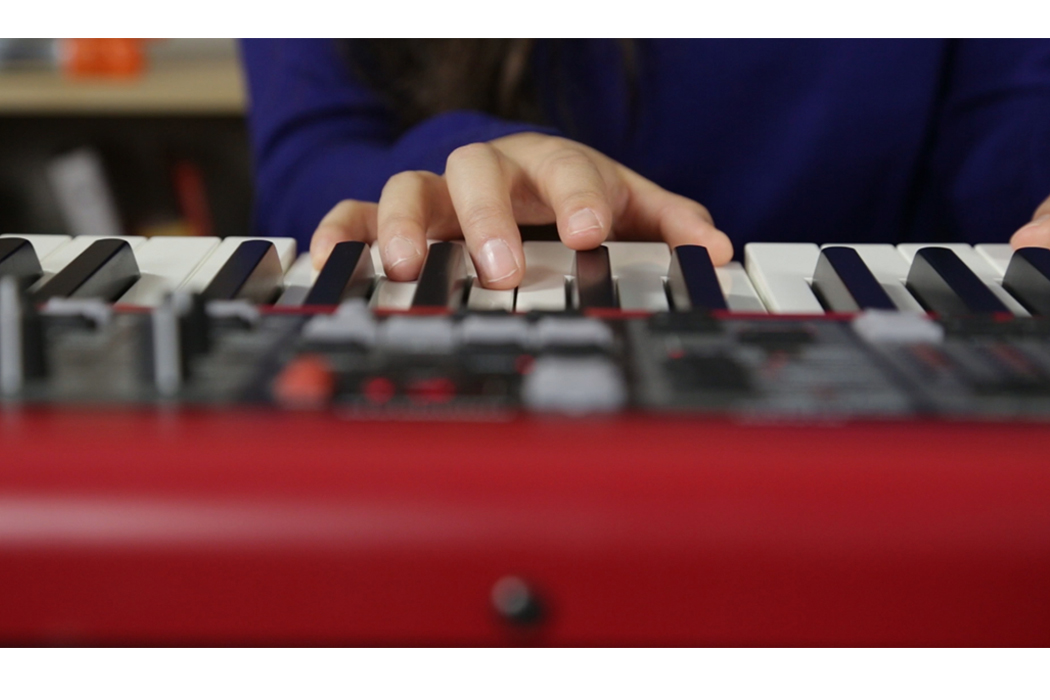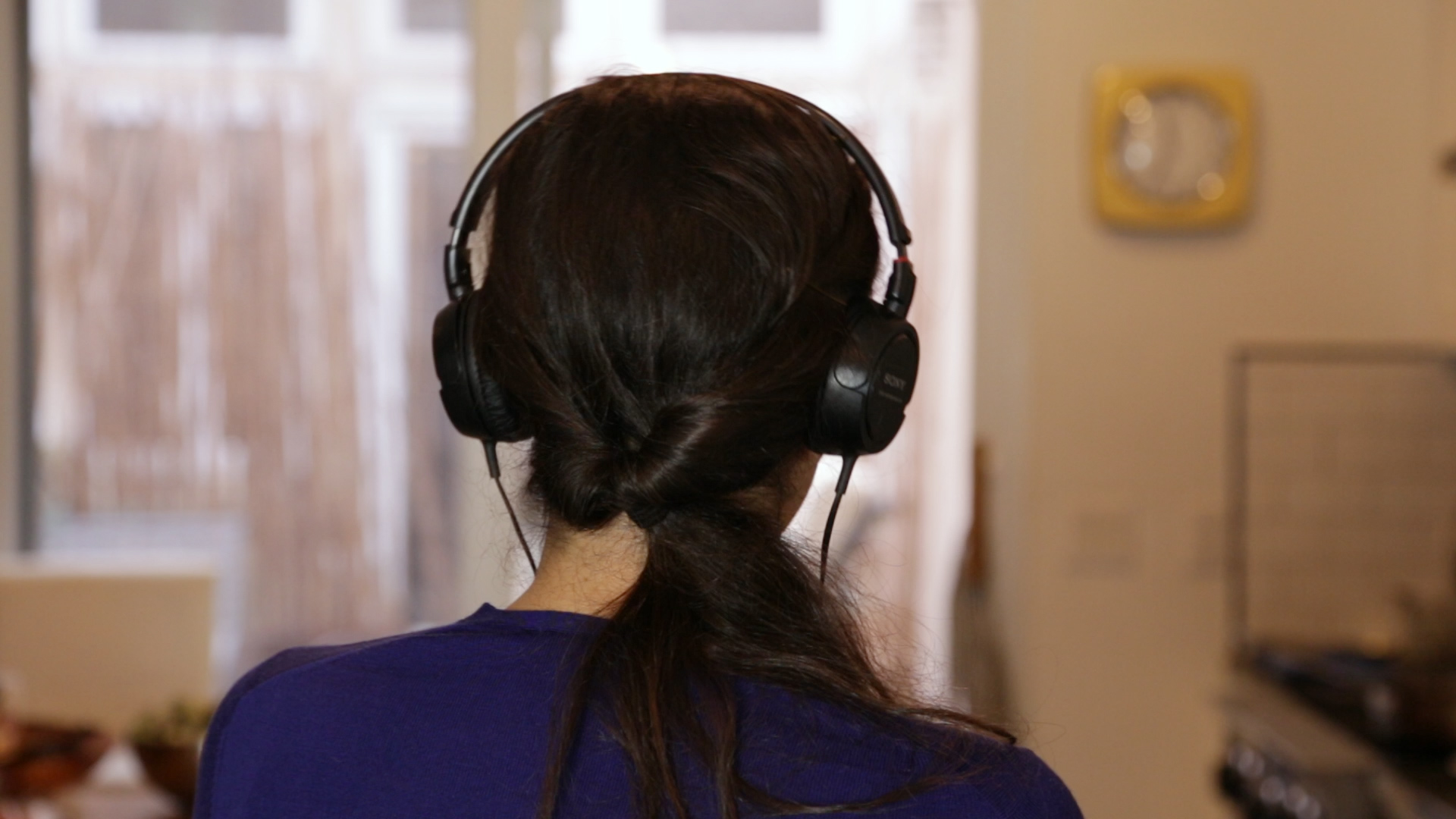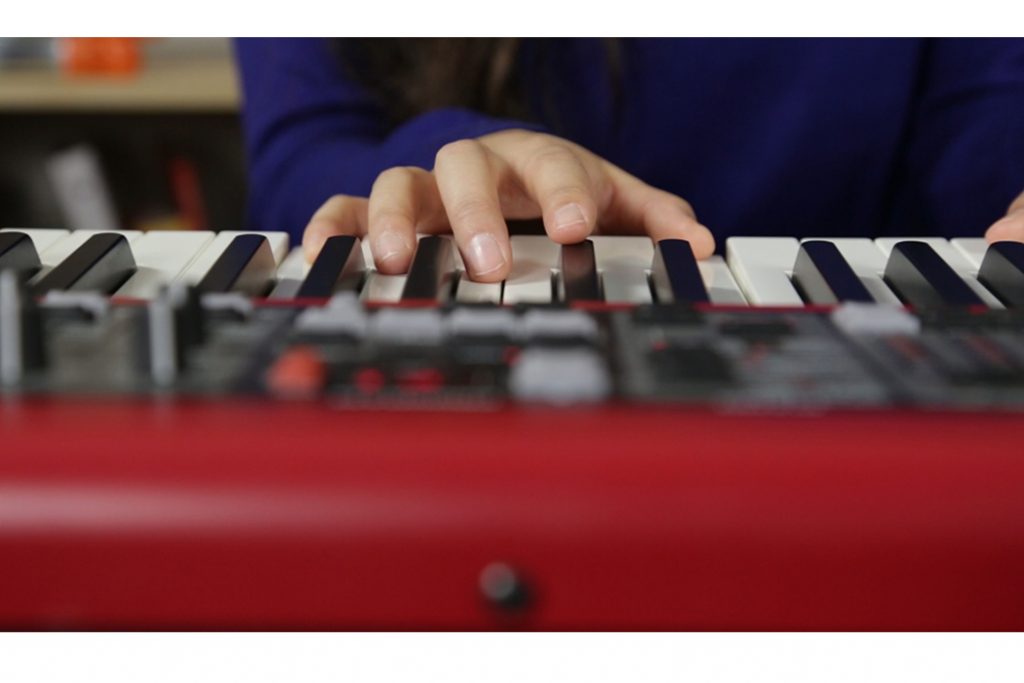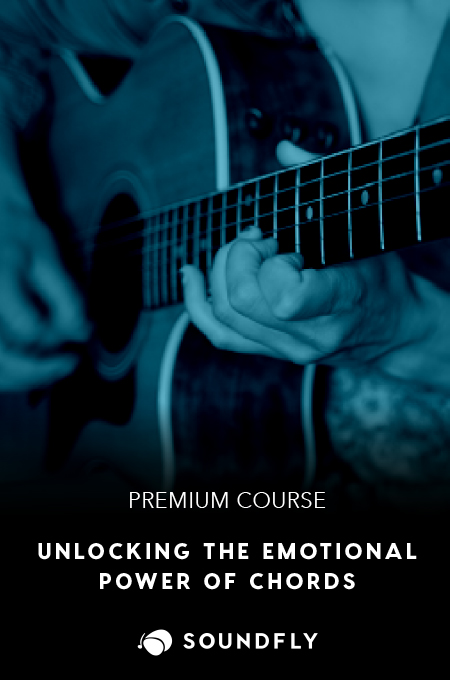
Improvisation looks effortless and cool — until you try to do it. In reality, spontaneously composing is one of the most difficult things a musician can attempt, and it takes practice. There are a number of crafts that a musician must master to be a good improviser. Technical ability and music theory knowledge are important, but in this article I will offer three ways to practice listening and phrasing — crafts many improvisers don’t practice often enough and critical skills for beginning improvisers.
Communicate an idea using only one instrument
Practice improvising completely solo — no other musicians, no backing tracks, no audience. Focus on the musical statement you want to make. Think about what this improvisation is going to say or express. Improvise until you feel you’ve made that statement. Because you’ve eliminated all external impulses, you have complete musical freedom. There are no chord progressions, no rhythmic pulse, no constraints on your playing.
Attempt, for example, to play the color yellow, the feeling of jealousy, or your favorite vacation. Use multiple attempts to help refine your playing. What matters here is not how successful you are, but that you’re working on expressing your ideas musically in real-time.
Connect your phrases

Motivic development is a common skill among some of the best composer and improvisers — it’s one of the musical skills that Mozart and Miles Davis have in common. Train yourself to master motivic development by setting constraints on pitch (the first two notes of the next phrase have to be the same as the last two notes of this phrase), rhythm (I can only play short-short-long), or contour (all my phrases have to ascend, then descend). Not only will you get to know your own playing better, but you’ll also start connecting your phrases. Your solos will sound more complete and connected.
Ready for a more advanced version? Make the entire solo mimic the pattern you’ve assigned to each phrase. Really want hard mode? Try making each of your phrases end in successively stronger cadential material or solo using phrases that don’t match the phrases in the melody of the piece you’re improvising over.
+Read more on Flypaper: “Uncovering the Jazz Influence in Pop, Rock, and Hip-Hop Classics”
Improvise with your favorite bands

People play along with their favorite records all the time — but usually to try and match exactly what their heroes are doing. Instead, join the band! Try and find new chord extensions, improvise your own countermelodies, and take a solo instead of listening to theirs. Enjoying the music means you’re more likely to let loose and let your ears guide you, leading to freer improvisation. As you do this more and more, start writing down some of what the band plays. Rather than doing a full formal transcription, catch snippets or segments of melody and use them when playing over other tunes. Build a musical vocabulary by working with the phrases of your musical influences.
“Listening” appears in Section 2 of “The Improviser’s Toolkit”, taught by Mahea Lee on Soundfly.
Improvisation is hard, but there are simple ways to get started. Listening and phrasing are crafts as much as they are arts, and practicing them using these three techniques can pay huge dividends when it’s time to improvise on a gig.




